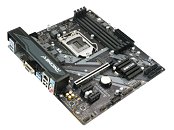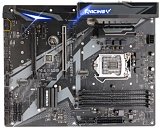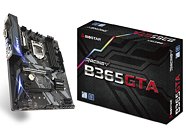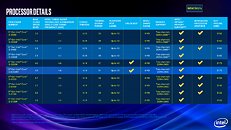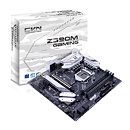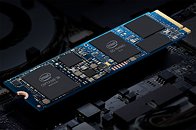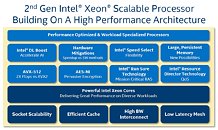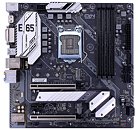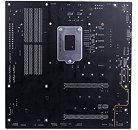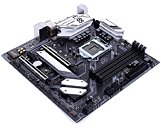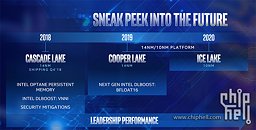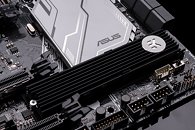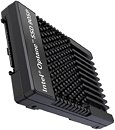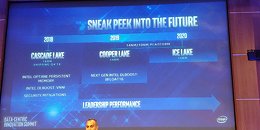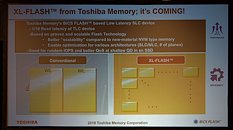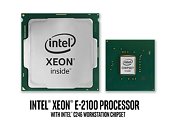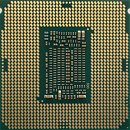
Biostar Launches the Racing B365GTQ Micro ATX Motherboard
BIOSTAR, a leading manufacturer of motherboards, graphics cards, and storage devices, is proud to include a new micro ATX form factor to its latest generation of RACING motherboards with the BIOSTAR RACING B365GTQ. Built to last with durable components, this new reliable Intel platform is a dream motherboard for gamers looking for a compact solution, and for content creators needing something budget friendly that is capable to support high-end CPUs and graphics card. Sporting the edgy and futuristic look of the RACING series as well as an impressive set of advanced features, the RACING B365GTQ is certain to deliver great performance and hold a unique place in any build configuration.
The BIOSTAR RACING B365GTQ, equipped with the latest Intel B365 chipset, brings support for the 9th & 8th Generation Intel Core processors, a true game changer for today's gamers and content creators. In addition, the PCI-E M.2 32 Gb/s support (with Intel Optane Technology Ready) gives the user rapid access to their games or software by improving the system boot time and boosting the bandwidth to their traditional stored devices. Equipped with USB 3.1 Gen1 (5 Gb/s) for an easy plug-and-play experience as well as faster transfer speed (compared with USB 2.0), the BIOSTAR RACING B365GTQ also supports HDMI 4K resolution for a better than life visual gameplay, and up to 64 GB of DDR4 memory to give the user plenty of RAM to multitask while editing videos or creating 3D renders of complex parts.
The BIOSTAR RACING B365GTQ, equipped with the latest Intel B365 chipset, brings support for the 9th & 8th Generation Intel Core processors, a true game changer for today's gamers and content creators. In addition, the PCI-E M.2 32 Gb/s support (with Intel Optane Technology Ready) gives the user rapid access to their games or software by improving the system boot time and boosting the bandwidth to their traditional stored devices. Equipped with USB 3.1 Gen1 (5 Gb/s) for an easy plug-and-play experience as well as faster transfer speed (compared with USB 2.0), the BIOSTAR RACING B365GTQ also supports HDMI 4K resolution for a better than life visual gameplay, and up to 64 GB of DDR4 memory to give the user plenty of RAM to multitask while editing videos or creating 3D renders of complex parts.
